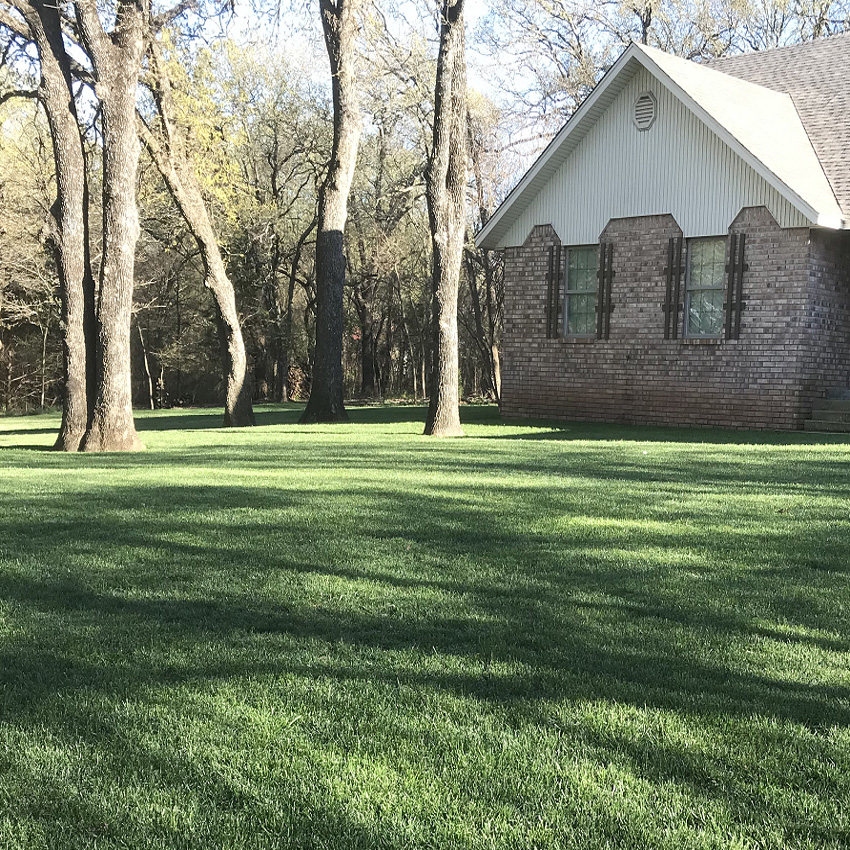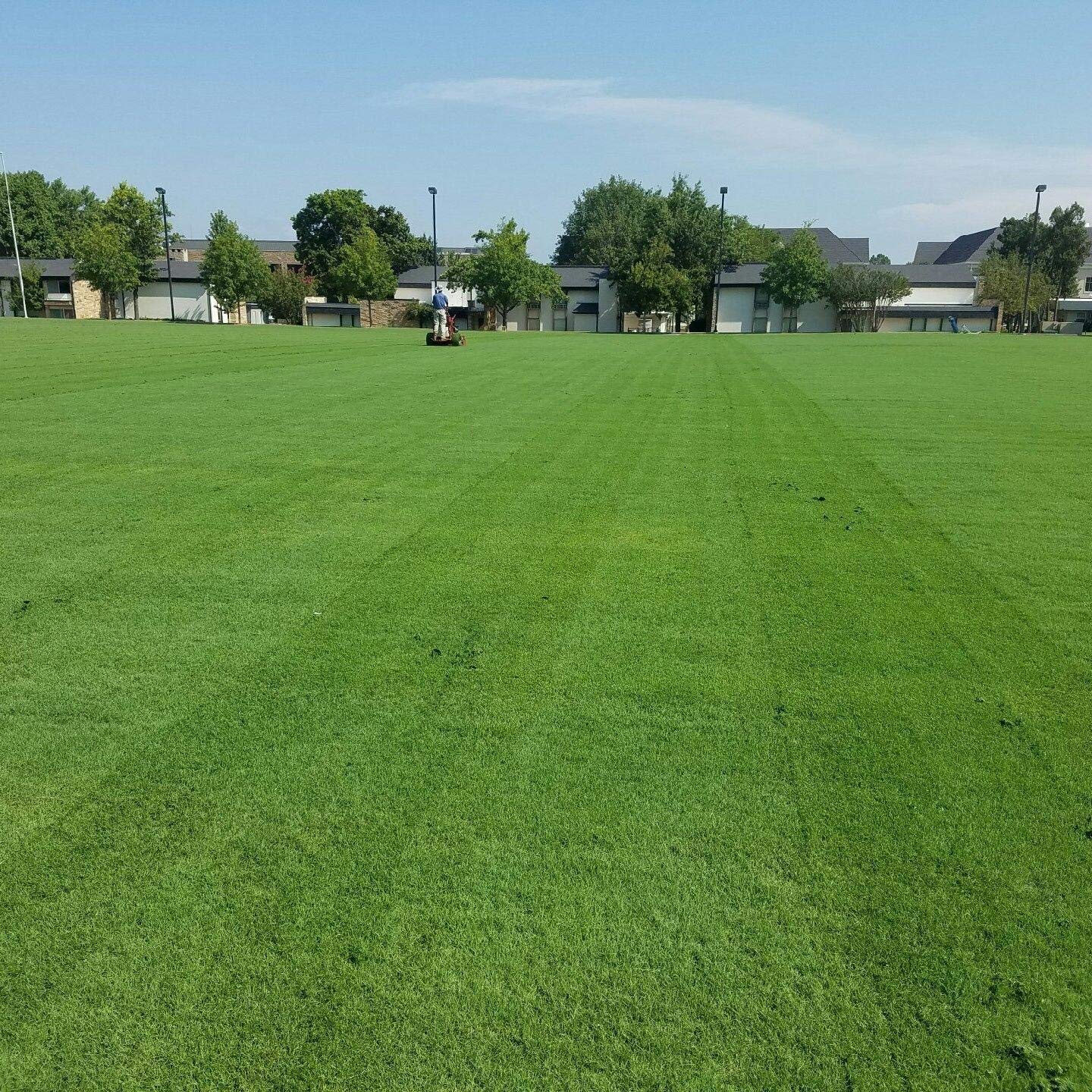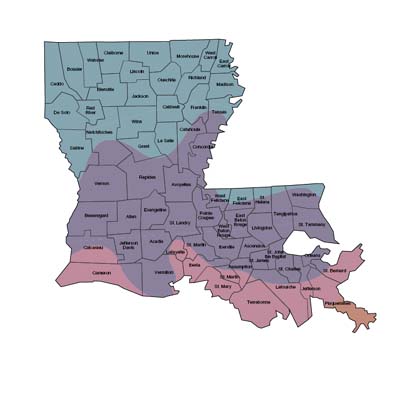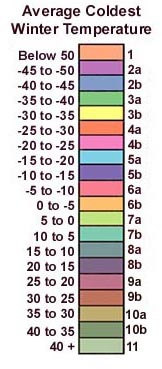
Combat Extreme Southern
- Wear Tolerant
- Cost Efficient
- Lawns

Grasses used in Louisiana can be divided in to two groups: warm season grasses and cool season grasses. As their names imply, warm season grasses are adapted to hot weather and are usually native to tropical or sub-tropical environments. They go dormant in the winter and turn brown. Cool season grasses are better suited to cool weather and are usually native to temperate areas. They remain green all winter long.
Warm-season grasses:
Bermuda grass - Bermudagrass is the most widely grown turfgrass in Louisiana because of its adaptation to climates and soil types. Bermudagrass forms a dense, attractive sod. It spreads primarily through stolon growth, although rhizomes do play a part in its aggressive growth habits. It is not unusual for a stolon to grow 6 feet in 1 year when spreading over bare ground. This aggressiveness makes bermudagrass the preeminent turf for areas of high traffic, since it can spread quickly to cover damaged areas. Bermudagrasses also have good wear tolerance.
The major limiting factor to bermudagrass growth is the amount of sunlight it requires. It does not tolerate full shade and only tolerates partial shade for half a day. It is best to have full sun for the highest quality lawn.
Bermudagrass is responsive to management. Quality lawns require large amounts of fertilizer and water and frequent mowing. Although bermudagrass is drought-tolerant, it has a high water requirement to produce an attractive turf.
Bermudagrass is adapted to a range of soil types and survives in alkaline and acid conditions, but it prefers well-drained soils with a pH of 6 to 7. The vigor of bermudagrass is reduced on poorly drained soils, but it produces an acceptable turf on clay soils. Bermudagrass is the most tolerant turfgrass to being submerged and is the preferred grass for stream banks.
Centipede grass -Centipede is the grass of choice for some Louisianaans. The low level of maintenance required is a joy to those who want an acceptable quality of turf with the least amount of effort. The problems with centipedegrass often are caused by over-zealous homeowners trying to make centipedegrass look better.
Centipedegrass is a slow growing, naturally lime green, somewhat coarse turfgrass adapted to growing in acid sandy soils. Centipedegrass grows best in a slightly moist, well-drained soil with a pH of 4.5 to 6.0. Iron deficiency causes the leaves to have a bleached appearance when the grass is grown on high pH soils. Centipedegrass responds to foliar iron applications by giving a darker green color.
Centipedegrass has poor wear tolerance and is slow to recover from injury because of its slow growth rate. Shade tolerance is better than bermudagrass, but not as good as St. Augustinegrass.
Cool-season grasses:
Turf-Type Fescue - Turf-type fescue a relatively coarse-leaved, dark-green grass that is almost as shade-tolerant as St. Augustinegrass. Consider it as a permanent lawn for shady areas in the northern portion of the state. Tall fescue has short rhizomes, but it does not spread well and should be managed as a bunch-type grass. It goes dormant in summer in sunshine and eventually thins out in the shade; so you should expect to reseed on a regular basis. Fortunately, the seed is not expensive and does not require extensive soil preparation to accomplish a successful reseeding.
Tall fescue has a deep root system and tolerates short periods of drought, but it turns brown from lack of water, so adequate watering is necessary. Water is especially critical in the summer to keep the grass from going dormant. Tall fescue is susceptible to several diseases, including brown patch and fescue leaf spot. Since it most often is grown in the shade, arrange the watering regime so the leaves are dry by nightfall.
Fine Fescue - Fine fescues are not grown often in Louisiana but can produce a good quality lawn in the northern counties for shady areas. Creeping red fescue (Festuca rubra) and chewing fescue (Festuca rubra) are fine-leaved fescues that are shade-tolerant. Chewing fescues do not have rhizomes. They will not grow in moist conditions, however, so well-drained soil is a must. These grasses have a low fertility requirement and a limited root system.
They are not as tolerant as tall fescue to alkaline soil conditions. They can be cut shorter than tall fescue, have a finer leaf, and produce a less coarse lawn. They are susceptible to several diseases, so water carefully to provide enough to maintain the grass with its shallow root system but not to keep the foliage wet for a great length of time.
These fescues are similar to centipedegrass in that too much fertilizer is more dangerous than not enough. As little as one pound of nitrogen per year is enough to produce an excellent turf. Over fertilization leads to problems with diseases (dollar spot and red thread).
| Click Name To View Grass Seed Choice | Type | Applications | |
|---|---|---|---|
| Bermuda Grass - Oasis |
|
Warm Season | Lawns - Full Sun - Fast Growing |
| Bermuda Grass - Blackjack |
|
Warm Season | Lawns - Full Sun - Fast Growing |
| Bermuda Grass - Yukon |
|
Warm Season |
Lawns - Golf Course - Fast Growing Full Sun - High End - Best Cold Tolerance |
| Bermuda Grass - Arden 15 |
|
Warm Season |
Lawns - Golf Course - Fast Growing Full Sun - High End |
| Centipede Grass |
|
Warm Season | Lawns - Mostly Sunny to Full Sun - Low Maintenance |
| Seashore Paspalum - Seaspray |
|
Warm Season | Lawns - Mostly Sunny to Full Sun - Best Salt Tolerance |
| Fescue/Hybrid Bluegrass Mix - Combat Extreme South |
|
Cool Season |
Lawns - Wear Tolerant - Extra Heat Tolerance Shade Only in USDA Zones 9 - 10 |
| Fescue Blend - Combat Extreme Transition |
|
Cool Season |
Lawns - Wear Tolerant - Shade Only in USDA Zones 9 - 10 |
| Kentucky Bluegrass - Bluegrass Supreme |
|
Cool Season |
Lawns - Golf Gourses - Full Sun Only North Lousiana In Light Shade |
| Kentucky Bluegrass - Midnight |
|
Cool Season |
Lawns - Golf Courses - Full Sun Only North Louisiana In Light Shade |
| OSP Ryegrass |
|
Cool Season | Lawns - Golf Courses - Southern Winter Overseed |


Below is the USDA Zone Map for Louisiana so you can determine which zone you reside in. Below that are our picks for your state which will do best in your area. Next on this page are tables which list various grasses and their characteristics so you can compare before you decide on your purchase. Click on the product name (ie. La Prima) for more information about that grass and to make your purchase.
| USDA Zone Map For Louisiana | |
|---|---|
 |
 |
| Compare Various Grasses For Their Characteristics | ||||||||
|---|---|---|---|---|---|---|---|---|
| Cool Season Grasses |
Leaf Texture |
Establish Rate |
Nitrogen Use |
Water Use |
Drought Tolerance |
Salinity Tolerance |
Shade Tolerance |
|
| Fescue - Hard | Fine | Slow to Moderate |
Low to Very Low |
Moderate | Excellent | Low to Moderate |
Excellent | |
| Fescue - Creeping | Fine | Moderate | Low to Moderate |
Moderate | Good | Low | Excellent | |
| Fescue - Turf Type | Moderate to Coarse |
Moderate | Moderate to High |
Low to Moderate |
Excellent | Low | Good to Excellent |
|
| Ryegrass - Perennial | Fine to Moderate |
Very Fast | Moderate to High |
Moderate to High |
Good | Poor to Moderate |
Poor to Moderate |
|
| Warm Season Grasses |
Leaf Texture |
Establish Rate |
Nitrogen Use |
Water Use |
Drought Tolerance |
Salinity Tolerance |
Shade Tolerance |
|
| Bermudagrass | Fine to Moderate |
Moderate to Fast |
Moderate | Moderate to High |
Excellent | Very Good | Poor | |
| Centipedegrass | Moderate to Coarse |
Slow | Low | Low | Good | Moderate | Moderate to Good |
|
| Seashore Paspalum | Moderate | Moderate | Moderate | Moderate | Excellent | Excellent | Good | |
| Compare Various Grasses For Their Characteristics - Continued | ||||||||
|---|---|---|---|---|---|---|---|---|
| Cool Season Grasses |
Fertility Needs |
Wear Resistance |
Mowing Height |
Cold Tolerance |
Acid Soil Tolerance |
Thatching Tendency |
Heat Tolerance |
|
| Fescue - Hard | Low | Low | Medium | Medium to High |
Medium to High |
Low to Medium |
Low to Medium |
|
| Fescue - Creeping | Low | Low | Medium | High | Medium to High |
Low to Medium |
Low to Medium |
|
| Fescue - Turf Type | Low to Medium |
Medium to High |
Medium to High |
Medium | High | Low | High | |
| Ryegrass - Perennial | Medium | High | Low to Medium |
Medium | Medium | Low | Medium to High |
|
| Warm Season Grasses |
Fertility Needs |
Wear Resistance |
Mowing Height |
Cold Tolerance |
Acid Soil Tolerance |
Thatching Tendency |
Heat Tolerance |
|
| Bermudagrass | Medium | High | Low to Medium |
Low to Medium |
Medium | Medium | High | |
| Blue Grama | Low | Low | High | High | Low | Low | High | |
| Buffalograss | Low | Low | High | High | Low | Low | High | |
| Centipedegrass | Low | Low | Medium to High |
Medium to High |
High | Medium | High | |
| Seashore Paspalum | Medium to High |
Medium to High |
Low | Medium | Low | Medium to High |
High | |